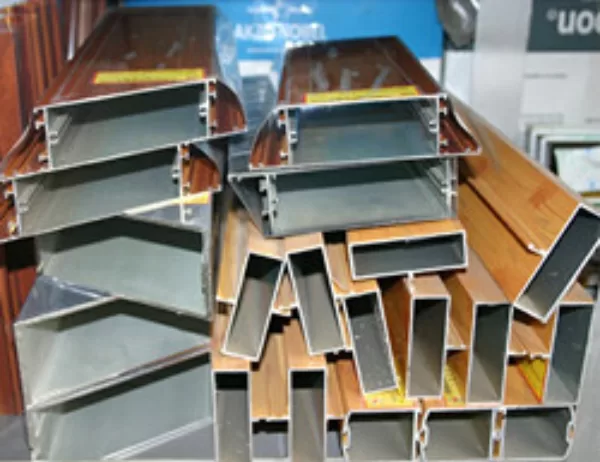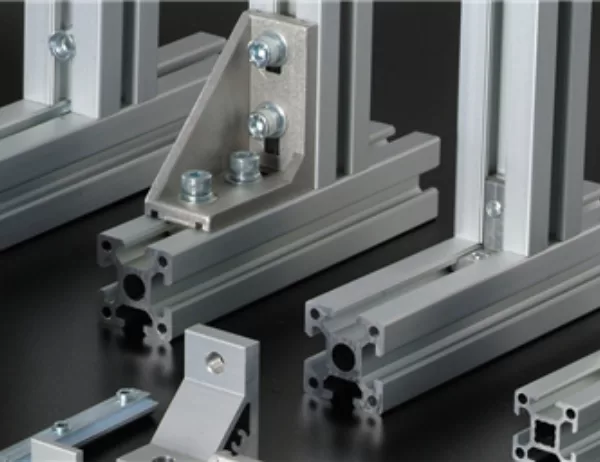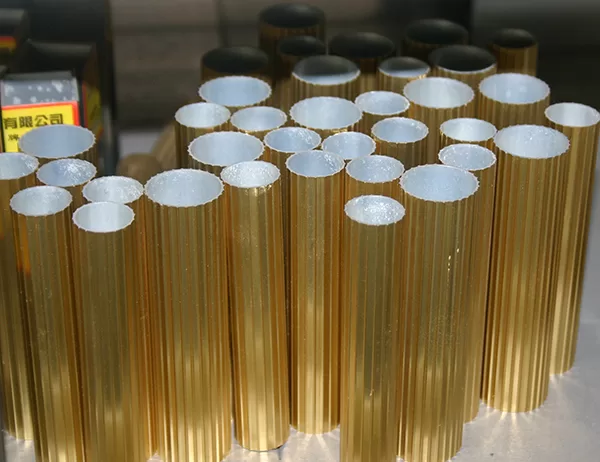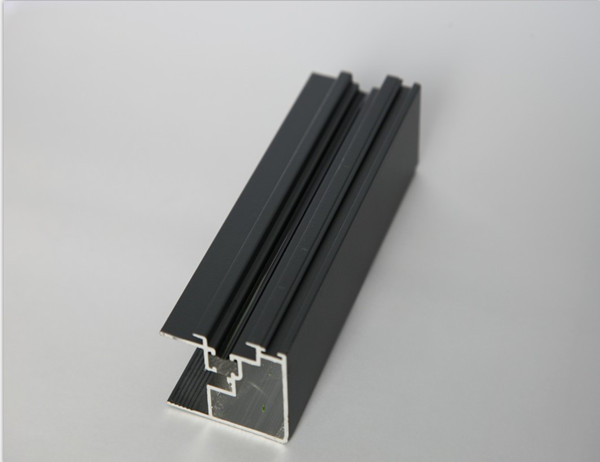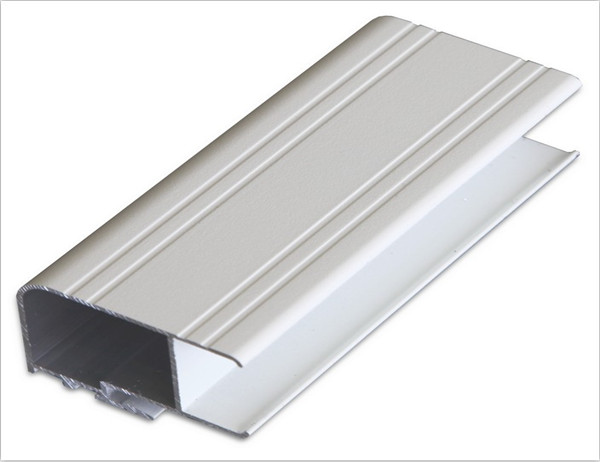In the modern era of construction, sustainability has emerged as a paramount concern, driving the development of innovative building materials that minimize environmental impact while maximizing energy efficiency. Polished aluminum angle has emerged as a promising material in this regard, offering a unique combination of strength, durability, and aesthetic appeal that makes it ideally suited for sustainable building projects. This article explores the multifaceted future of polished aluminum angle in sustainable building, highlighting its myriad advantages and potential applications.
Environmental Benefits
Polished aluminum angle offers significant environmental benefits throughout its lifecycle. Its exceptional durability reduces the need for frequent replacements, thereby conserving resources and minimizing waste. Additionally, aluminum is a highly recyclable metal, with a recycling rate of over 75%. This closed-loop system ensures that polished aluminum angle can be reused indefinitely, significantly reducing its environmental footprint.
Thermal Properties
Polished aluminum angle possesses excellent thermal properties, contributing to energy efficiency in buildings. Its high thermal conductivity allows for efficient heat transfer, reducing the need for artificial heating and cooling systems. This not only lowers energy consumption but also minimizes greenhouse gas emissions, promoting a greener future.
Aesthetic Appeal
Beyond its functional benefits, polished aluminum angle offers unparalleled aesthetic appeal. Its smooth, reflective surface creates a sleek and contemporary look that complements any architectural style. Architects and designers can utilize the versatility of polished aluminum angle to create stunning facades, window frames, and decorative elements that enhance the visual impact of buildings.
Corrosion Resistance
Polished aluminum angle exhibits exceptional corrosion resistance, making it an ideal choice for exterior applications. Its protective oxide layer prevents rusting and discoloration, ensuring longevity and maintaining the aesthetic integrity of buildings. This durability reduces maintenance and repair costs over the lifespan of the structure, further contributing to sustainability.
Structural Strength
Polished aluminum angle combines high strength with a lightweight design, making it an ideal structural element for sustainable buildings. Its robust nature allows for use in load-bearing applications, reducing the need for additional support materials. The lightweight characteristic minimizes the overall weight of the building, reducing construction costs and improving seismic performance.
Conclusion
Polished aluminum angle has established itself as a material of choice for sustainable building practices. Its multifaceted benefits, including environmental sustainability, thermal efficiency, aesthetic appeal, corrosion resistance, and structural strength, make it an ideal choice for architects and designers seeking to create eco-friendly and visually stunning structures. As the construction industry continues to embrace sustainable principles, polished aluminum angle is poised to play an increasingly prominent role in shaping the future of the built environment.
